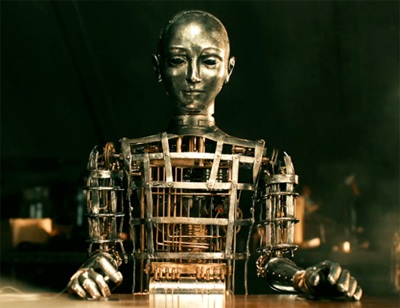
The mesmerizing character at the still center of Martin Scorsese’s film Hugo is the Automaton. It’s eerie in the sense of awesome, awesome in the sense of both numinous and creepy in the sense of uncanny, weird and ghastly, corpselike, preternatural, preterhuman, unearthly, macabre. Wordless, it yet holds us. Its presence shadows the plot, its silent predigital enchantment mocks the most skillful computer mediation of reality. And if this is so — that the Automaton is a numinous transmission — no argument or penetrating critique can establish its importance in the film or even suggest its meaning.
Is it not fascinating, however, that this piece of intricate clockwork, of gears, springs, rivets, pulleys, click wheels, pendulums, and so on, this Automaton of windup, cranky speed visits us like a ghostly monstrosity when we are moving at digital hi-speed through cyberspace? There is an antiquated appeal here that may perhaps reflect a nostalgia for a lost model of a physical and not virtual world, a world built and running like a machine rather than an online cyber consciousness.
HugoThere is in fact an intermediate stage, one in which systems thinking expands the mechanism of the clock to all surrounding influences and connections. What works or is broken can never be isolated in its impact from what lies outside its own constituent parts. Individuals interact within society, plants and animals interact within an ecosystem, our atoms are, as Carl Sagan reminded us, “star stuff.” Consciousness is a “ghost in the machine” only when we see ourselves as machines. Otherwise, consciousness has all the presence that the world it interacts within gives it.
In the 1990 film Mindwalk, Liv Ullmann, playing the part of a disaffected quantum physicist, visits the clock room at Mont. St. Michel and tells her companions that the clock “became the model of the cosmos, and then they mistook the model for the real thing. People got the idea that nature was just a giant clock, not a living organism, but a machine.”
One of the people who has the idea that nature was just a giant clock is young Hugo Cabret, our interlocutor in Hugo, who tells us: “I’d imagine the whole world was one big machine. Machines never come with any extra parts, you know. They always come with the exact amount they need. So I figured if the entire world was one big machine . . . I couldn’t be an extra part. I had to be here for some reason.” We discover, however, that his apprenticeship is not to the world as a machine but to the world as a living organism whose parts have neither fixed place nor limited purpose. And reasons are never totally represented by purpose nor reasonable in every location.
HugoThe Parisian train station, the Gare Montparnasse in the 1930s and the setting for Hugo, is detached from the world around it and becomes the clock that runs, not without problems, the mechanism we observe. Much in it is not working well. If we can get the gizmo guts of the Automaton in proper order and find the key that gets it working, we can somehow take a huge step toward fixing everything that’s broken. For Hugo Cabret, the Automaton has a message from his dead father, some key that will get him going as a functional part of the world’s machinery. But he discovers that this clock has a past, a memory, that parts are people and people are haunted by their memories. He discovers that a part that looks like it’s in place — M. Georges Méliès has a toy shop in the station — is from a totally different place, a place where dreams could be put on film, and a totally different time, when fantasies had not been broken by war.
What the Automaton draws is not a schemata to fix what’s broken or instructions of purpose but an absurdity in a clockwork world: the moon with a rocket in its mouth. What is this but a conundrum in an Automaton world and yet, in our human world, no more than what imagination concocts, an imagination without gears and wheels, parts and purpose. The Automaton is the messenger who draws for us a world conceived beyond one big machine, a surrealistic world, the antipode of the Automaton. You could say that this is the world Martin Scorsese, like Georges Méliès in his own films, creates for us in Hugo.
The ironies multiply or make Jamesian turns of the screw. Scorsese, who begins in the “mean streets” of film naturalism, pays homage here to a magic realism and beyond, to the capacity of film to capture dreams scenes, to defy the natural order of things, to create beyond what reality allows. But it is the hardware and software programming of the computer, the Boolean clockwork of ones and zeros, pluses and minuses, that here assists the magic of imagination.
Scorsese’s Melies pastiche in HugoThe problematic we face is well known: does computer enhancement in film weaken an imaginative interplay or does it kick it up to expanded, hi-speed levels? Are the evocative powers of script, character, and mise-en-scene weakened by the increasing technical assist of computerized production? Are these powers allowed to atrophy as a muscle atrophies when not exercised? Is the imaginative magic of Hugo equal to the magic of a Georges Méliès film? We note that the greatest imaginative return proceeds in a Méliès’s film from the least employment of the technological, that a sleight-of-hand of the magician generates an awesome imaginative return.
Still, the Automaton’s numinous quality is not covered by any of this. We need to consider another level of detachment other than the train station and the clock tower within it. We need to consider the detachment of this film from its New Millennial audience’s attachments. The year that Hugo is released winds up not being a banner year for moviegoing. The increasing number of “platforms” competing with the Big Screen have greatest impact on a key demographic: those born after 1981, the New Millennials. Those now in the theatre are visibly drawn to their cell phones; Facebook updates, tweets and texts, and all manner of cyber transmissions draw the gaze from Big Screen to a handheld device.
There won’t be an anti-tobacco-like campaign in the future against cyber attractions. We won’t be leaving cyberspace behind the way the Automaton was left to rust on a shelf. The world of mechanical whirligigs and whatchamacalits has gone to dust; hi-tech hyperreality will only expand. And it’s in the face of that certainty — that if Mother Nature or Human Nature doesn’t do us in — cyberspace will draw us all through virtual technology into its clockwork, a clockwork without gears and wheels, a clockwork of infinite place but of no place, a clockwork that tells no time except the speed of response. The Automaton’s mechanistic “thinginess” has been replaced by an alternative reality of virtual simulation. Both can be considered as simulacra, as substitutes for real being.
HugoAnd yet it is consciousness that cyberspace challenges, invades, and entraps. Human consciousness cannot escape such entrapment; only an obdurate, unconscious physical presence, an Automaton presence, can remain outside the hyperreal. This is what cannot be drawn into the microchip Boolean online web: the numinous Automaton, the metallic man of iron wheels and gears, of a heart-shaped key boot-up, programmed not in microchip relay but in sequential mechanical operations. The Mona Lisa smile on the Automaton’s face, the presence the camera returns to at the film’s end, is knowing what it has never been geared to know. In that gaze is a hard reality’s last stand against a vaporous hyperreal.
Or is it? The screw turns once again: the Automaton is not the human but a forebear of an artificial intelligence, a cyborg amalgam, a biochip synthesis of computer chip and human synapse, a dream of Google founder Larry Page to provide a digitalized, hi-speed consciousness as a prosthesis to human consciousness. Hugo’s Automaton, then in this view, is not a symbol of a predigital world of “raw reality” we are losing contact with but a first attempt at replacing the human life-world with the artificial, replacing an intractable social world with a personally managed hyperreal. The Automaton stands in the same relationship to the robot and cyborg as does Archaic Homo sapiens to modern humans.
None of this is pursued in Hugo in the way the “false” Maria, the robot, in Fritz Lang’s Metropolis (1927) is infused with the spirit of worker rebellion and also the evil of mechanized work, or, the way Steven Spielberg’s AI (2001) stages a dystopic future in which “Mecha” are disposable junk, but junk with a tragic sensitive awareness. Scorsese’s Automaton does not mean but is, a presence beyond explicability.
We have not exhausted the Automaton’s eerie presence or diminished our fascination, a fascination that has much to do with our awareness that we are now on the threshold of a world in which humans are “evolving” into bodies and minds technologically enhanced, and offline life has been surpassed. Any artificial imitation of the human draws our gaze as if we were creators and not ourselves creations. It is the context of a fast-changing present that gives the Automaton a distinct power.
Hugo
Why would a culture deeply embedded in notions of free personal choice, of individual uniqueness, of self-empowerment find the Automaton, a mechanical thing programmed to do one thing, spellbinding?
The films of Georges Méliès show us that we are inventive on every level of our consciousness, that just as we cannot program our dreams, our own minds can project beyond the confines of all programming. This is a High Romantic notion — that reality is subject to our own imaginative mediation. It’s especially curious at a time when economics and Mother Nature reveal every day that our reality is not subject to our choices, that we cannot imagine ourselves outside “raw reality.”
HugoOnce again, does hi-tech encourage that mediation or replace it? Do we see in the Automaton the cyborg that is soon to come, the cyborg that will release us from the angst of human choice, or do we see the end of any awareness or privileging of choice?
Talk of the loss of “civil liberties” and “personal freedom” so current these days is not attached to hi-tech cyberspace or globalized behemoth corporations but most often to “Big Government,” to a governmental form of intrusion in our personal choices. We are programmed now to accept that a globalized economy maximizes choices while cyberspace maximizes the speed and ease by which our choices are realized. We are far then with all these choices from the programmed “being” of the Automaton.
And yet, I submit, some part of the numinous power of Hugo’s Automaton at this moment may lie in the frightening awareness of our kinship. We are the Automatons who are forever gazing at the palms of our hands, at the devices we hold, programmed to do so, unable to resist just as those in Wim Wenders’ Until the End of the World (1991) gradually lose autonomy and become fixated on one task, like Hugo’s Automaton.



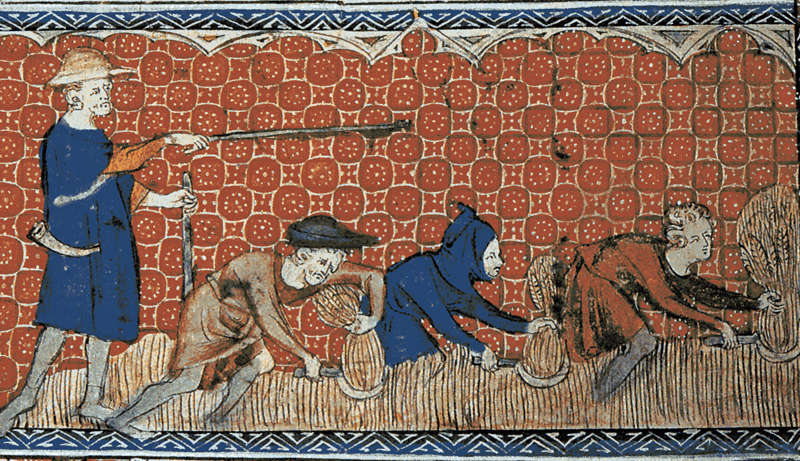
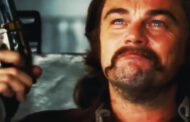
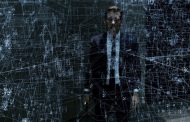





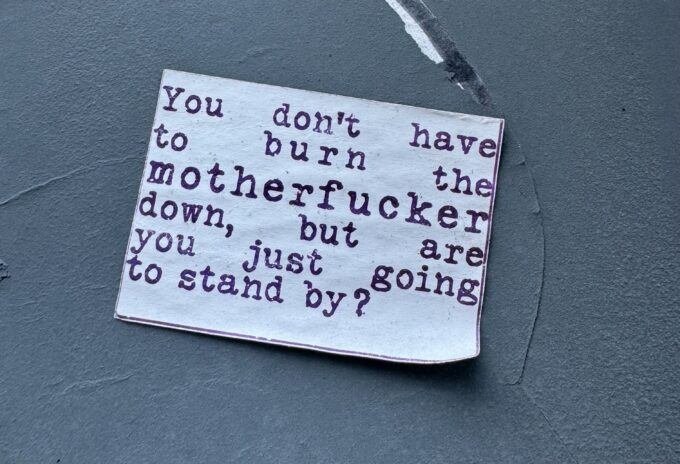
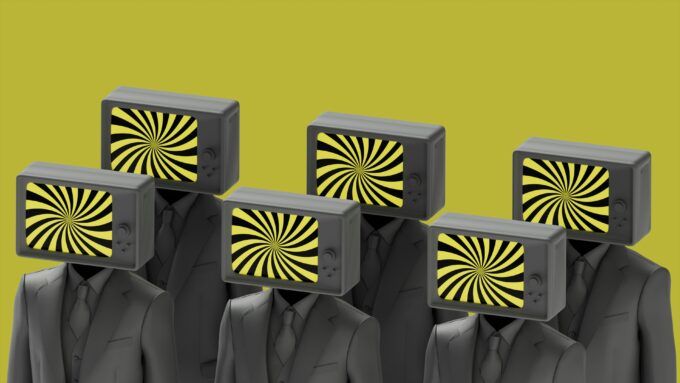

One Comment
football
In day to day life, the well known football
players are becoming a role model to motivate the youths.
With the help of online resources you can easily find several online gaming sites.
Among those that came out in the wish list is a better line
play, addition of team entrances, and crowd atmosphere.